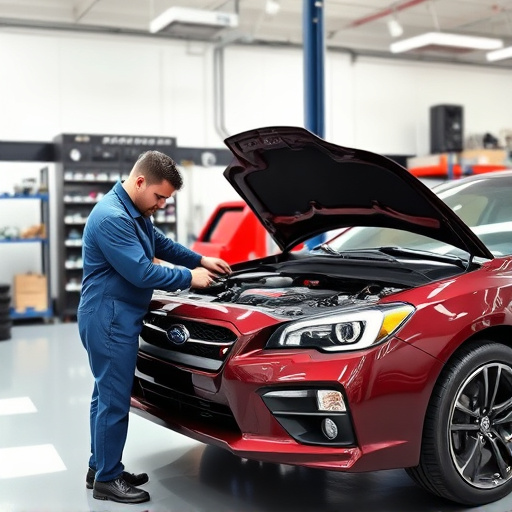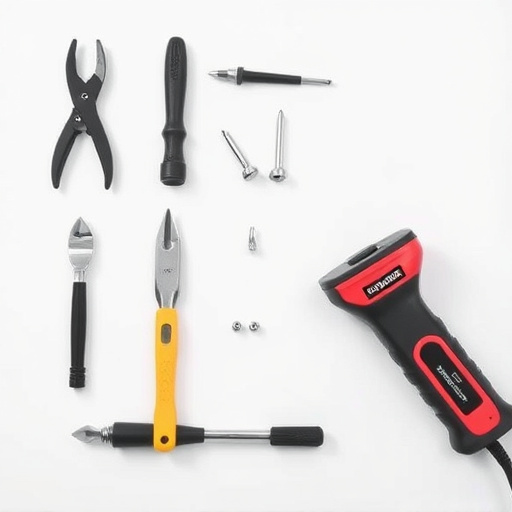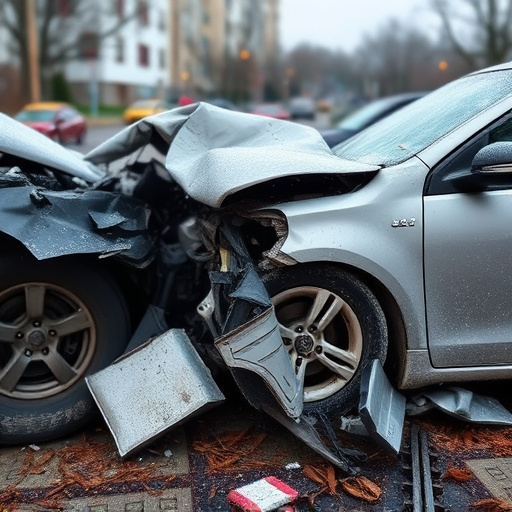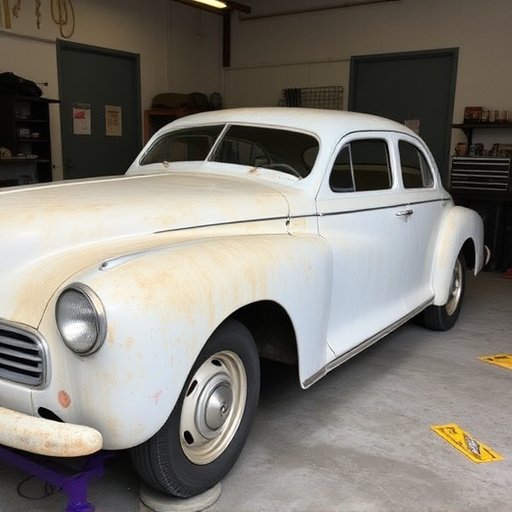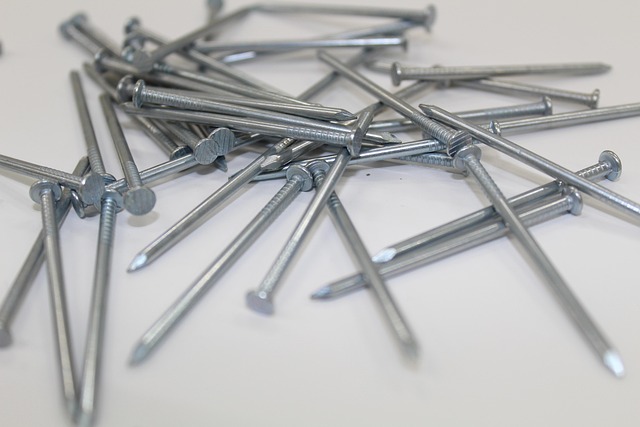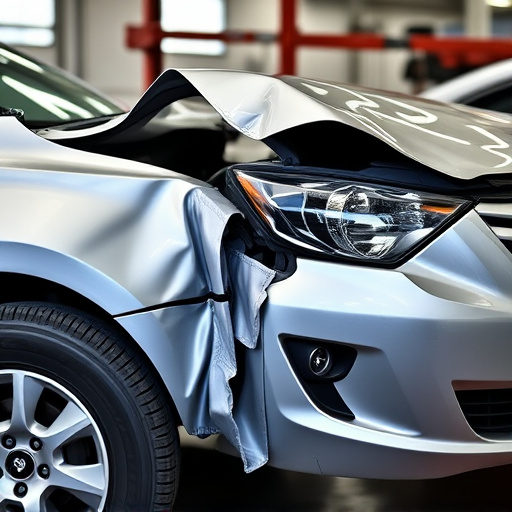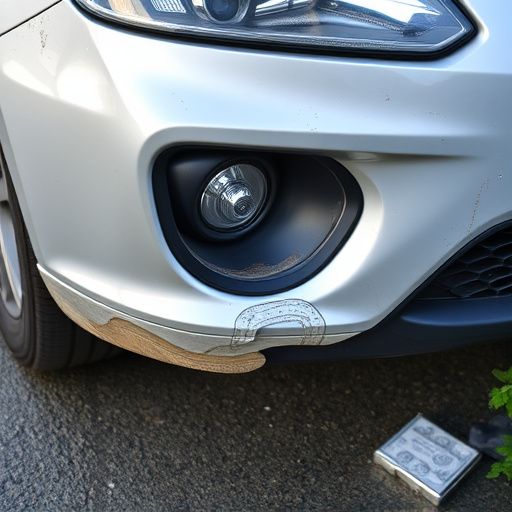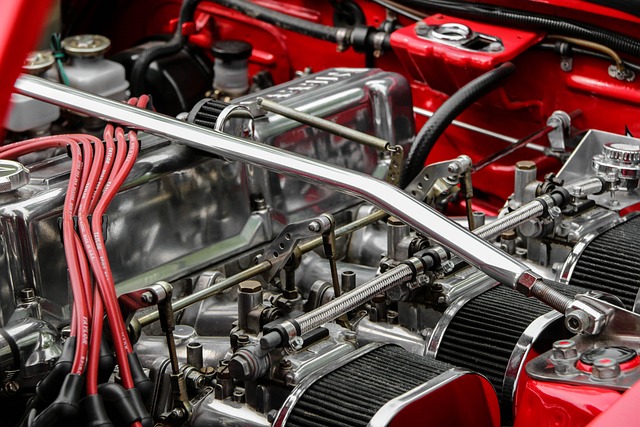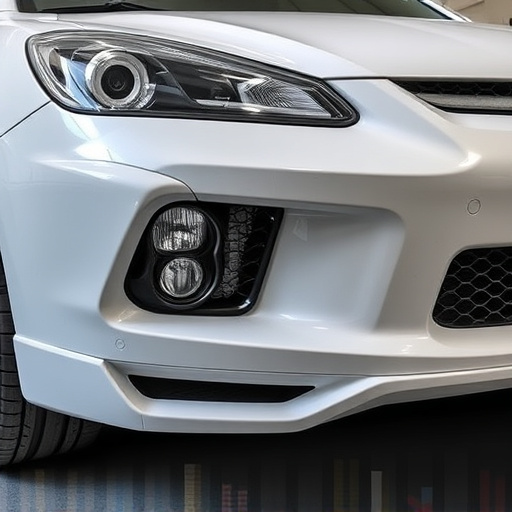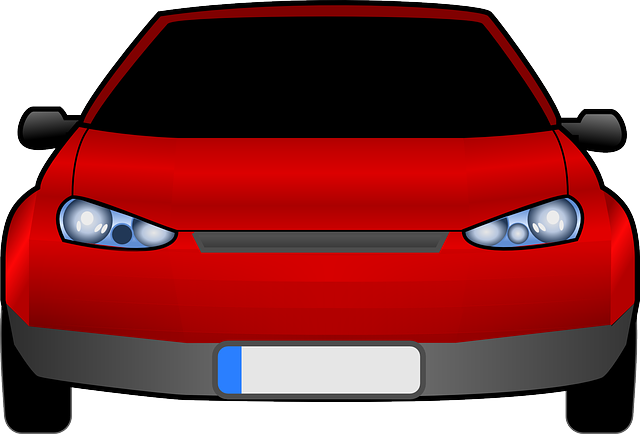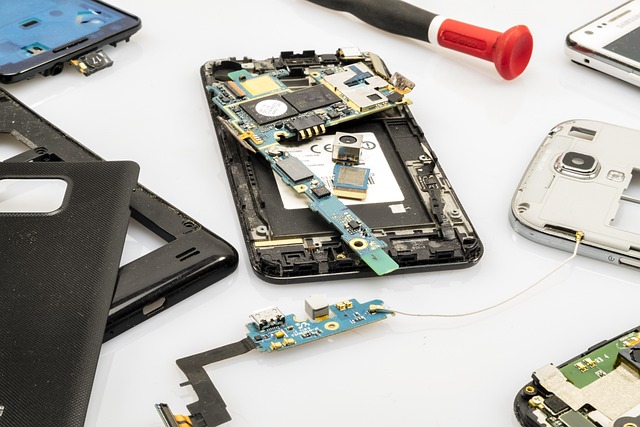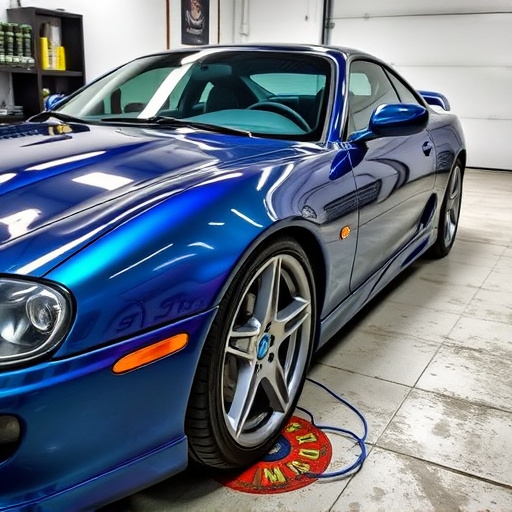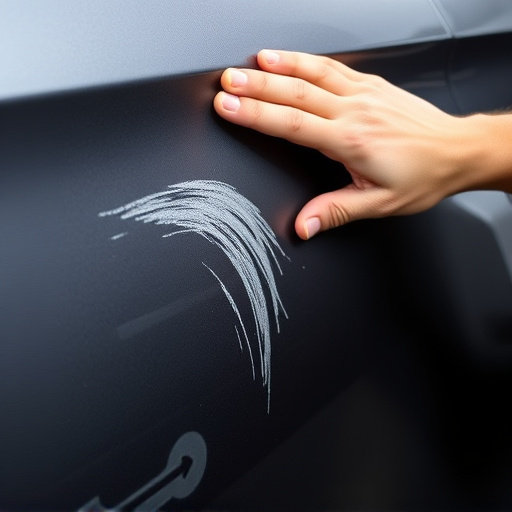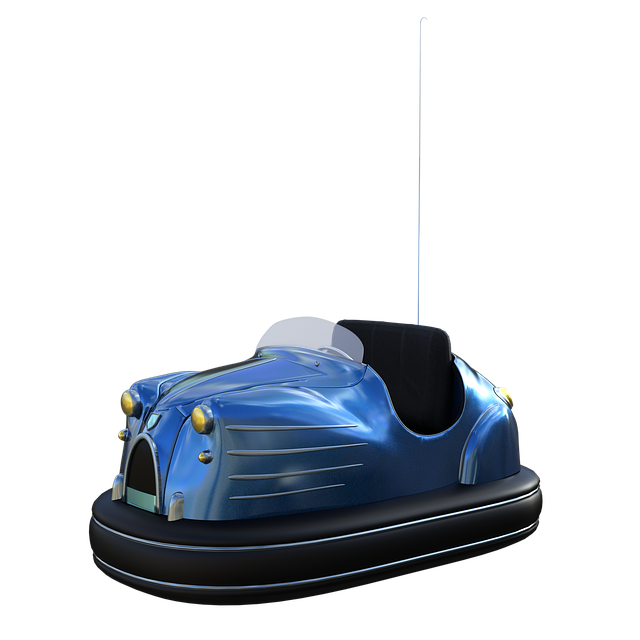RV body repair presents unique challenges due to diverse vehicle shapes, sizes, and complex features like slides and solar panels. Effective repair requires specialized tools, materials, and knowledge for handling dents, scratches, and structural damage, ensuring structural integrity and aesthetic appeal. Regular inspections and prompt addressing of issues prevent costly repairs down the line, keeping your RV in top condition for years of travel.
Get ready to master the art of RV body repair! Whether you’re a seasoned traveler or a first-time fixer, understanding key elements is essential. This comprehensive guide breaks down the fundamentals, from mastering basic repairs to identifying common issues. We equip you with essential tools and materials, ensuring you tackle challenges with confidence. Learn effective troubleshooting techniques and elevate your RV maintenance skills. By the end, you’ll be well-prepared to keep your home on wheels in top shape.
- Understanding the Basics of RV Body Repair
- Essential Tools and Materials for the Job
- Common Issues and Effective Troubleshooting Techniques
Understanding the Basics of RV Body Repair
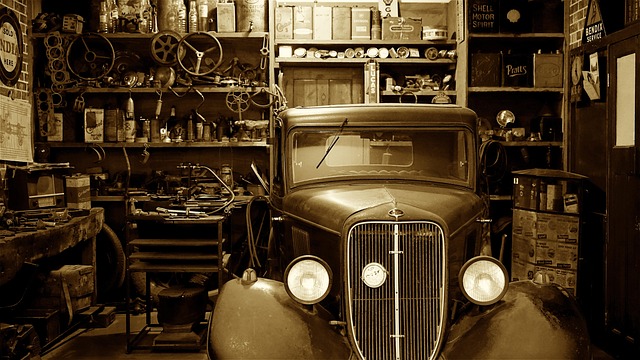
Understanding the Basics of RV Body Repair involves familiarizing yourself with the unique challenges and techniques specific to these versatile vehicles. Unlike traditional cars, Recreational Vehicles (RVs) come in various shapes and sizes, from compact camper vans to spacious motorhomes. This diversity means that RV body repair often requires specialized knowledge and equipment to handle different frame types, chassis systems, and added features like slides and solar panels.
RV owners should be aware of common issues such as dents, scratches, and cracks on the exterior shell, which can result from everyday use or unexpected incidents. Properly addressing these issues through expert RV body repair services is crucial for maintaining the vehicle’s structural integrity, aesthetic appeal, and overall value. With access to specialized tools and techniques, certified technicians can perform repairs that match the precision and quality of the original manufacturing standards, ensuring your RV remains a reliable companion for all your adventures.
Essential Tools and Materials for the Job
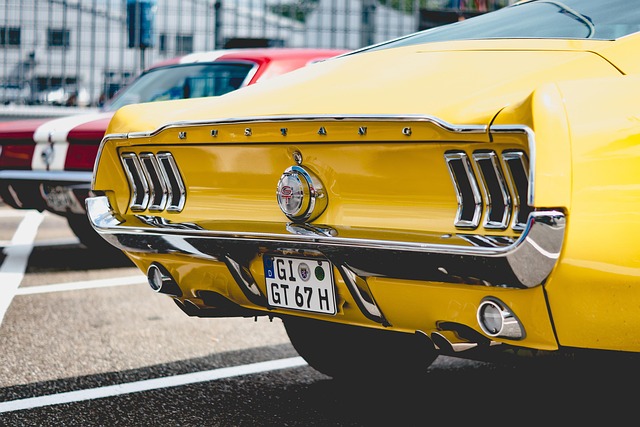
When it comes to RV body repair, having the right tools and materials is paramount for achieving a quality finish that meets both your standards and those of a collision repair center. Essential items include specialized hammers, dollies, and clamps designed for working on larger vehicles like RVs, ensuring precision during disassembly and reassembly. For panel replacement or dent removal, an array of pry bars and pullers tailored to various body parts are indispensable tools.
Additionally, the job requires specific materials such as high-quality sheet metal, primer, and auto body painting supplies that can withstand outdoor conditions. Repair kits for auto dent repair, including putty knives and filling compounds, should also be on hand. Remember, having these essentials in your RV body repair arsenal enables you to tackle a wide range of issues, from minor dents and dings to more substantial collision damage, with confidence and efficiency.
Common Issues and Effective Troubleshooting Techniques
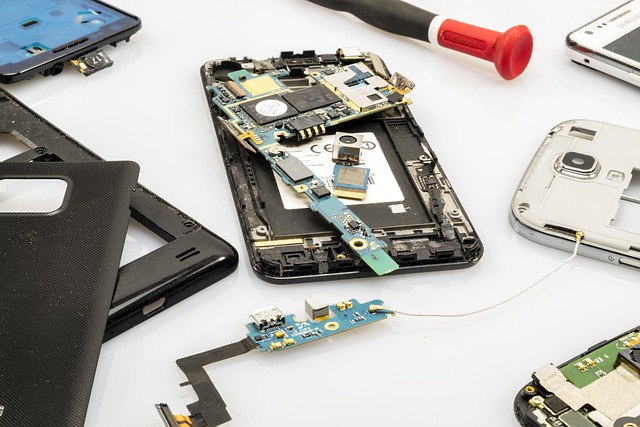
Common issues that pop up with RVs, like any vehicle, include dents, scratches, and even larger damage from accidents or harsh weather conditions. Effective RV body repair requires understanding these common problems and knowing how to troubleshoot them. For minor dents and scratches, DIY dent removal techniques using specialized tools can be a cost-effective solution. These kits allow for quick fixes on the road or while parked at a campsite.
When it comes to more significant damage, such as cracks in the fiberglass or composite materials, professional RV body repair services are often necessary. Skilled technicians employ advanced techniques like bonding and laminating to restore structural integrity and aesthetic appeal. Regular auto maintenance practices, including routine inspections, can help prevent future issues. By addressing problems early, owners can avoid more extensive and costly repairs down the line, ensuring their RV remains in top condition for many years of enjoyable travel.
When it comes to RV body repair, knowing the basics, having the right tools, and understanding common issues are essential. By familiarizing yourself with these key elements, you’ll be better equipped to handle minor repairs and maintain your recreational vehicle’s integrity. Remember, prompt action on small problems can prevent them from becoming costly and time-consuming fixes. So, whether you’re a seasoned RV owner or just starting, investing time in learning RV body repair will ensure many more miles of enjoyable travel.
